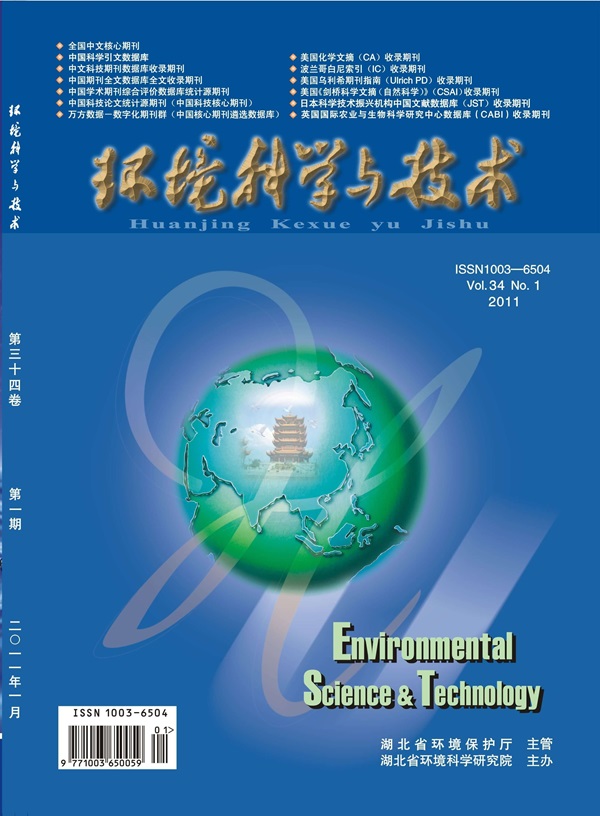Weathering Process and Characteristics of Microplastics in Coastal Wetlands: A 24-Month In Situ Study
IF 10.8
1区 环境科学与生态学
Q1 ENGINEERING, ENVIRONMENTAL
引用次数: 0
Abstract
Coastal wetlands function as critical retention zones for environmental microplastics, potentially accelerating their degradation through unique hydrological conditions. This study conducted a comprehensive 24-month in situ experiment at the Chongming Dongtan National Nature Reserve, examining the weathering processes of five morphologically distinct polyethylene (PE), polypropylene (PP), and polystyrene (PS) microplastics. Quarterly analyses revealed progressive surface deterioration in all microplastics after initial exposure, followed by polymer-specific fragmentation patterns and environmental pollutant adherence. Surface elemental analysis showed rising O/C ratios, with intertidal zones exhibiting higher variance (0.0014–0.0096 vs 0.0006–0.0028 supratidal). Carbonyl index (CI) displayed fluctuating increases, with PS showing the highest CI rise (75.75%/year intertidal vs 61.77%/year supratidal). Systematic comparisons identified three weathering determinants: enhanced intertidal degradation from mechanical-photochemical synergy; spherical particles degrading faster than films via larger surface area; and polymer vulnerabilities dictating PS > PP > PE degradation rates. These findings demonstrate that microplastic weathering in coastal wetlands is collectively governed by hydrological conditions, particle morphology, and polymer composition, providing crucial quantitative parameters for assessing environmental persistence and ecological risks in these sensitive transition ecosystems.

求助全文
约1分钟内获得全文
求助全文
来源期刊

环境科学与技术
环境科学-工程:环境
CiteScore
17.50
自引率
9.60%
发文量
12359
审稿时长
2.8 months
期刊介绍:
Environmental Science & Technology (ES&T) is a co-sponsored academic and technical magazine by the Hubei Provincial Environmental Protection Bureau and the Hubei Provincial Academy of Environmental Sciences.
Environmental Science & Technology (ES&T) holds the status of Chinese core journals, scientific papers source journals of China, Chinese Science Citation Database source journals, and Chinese Academic Journal Comprehensive Evaluation Database source journals. This publication focuses on the academic field of environmental protection, featuring articles related to environmental protection and technical advancements.
 求助内容:
求助内容: 应助结果提醒方式:
应助结果提醒方式:


